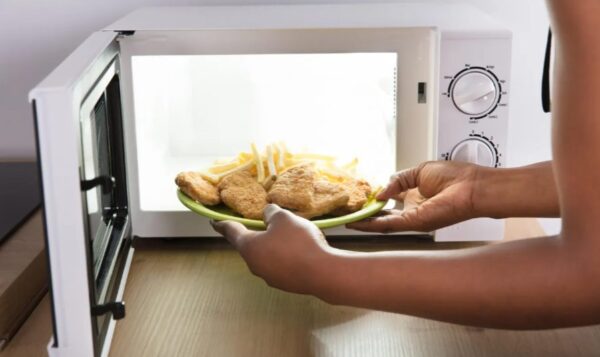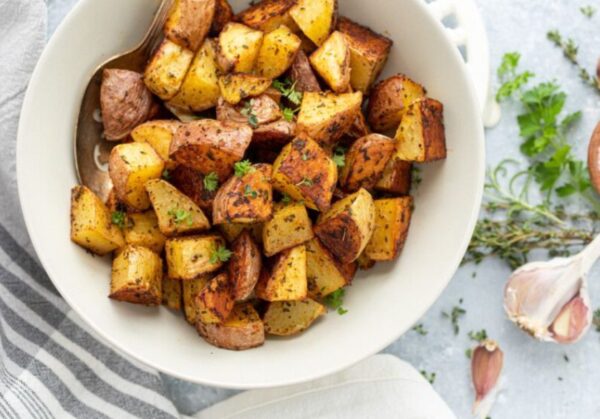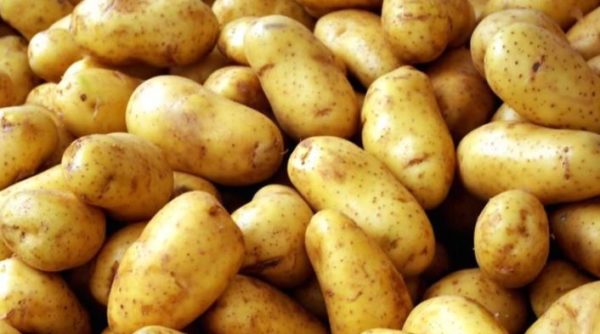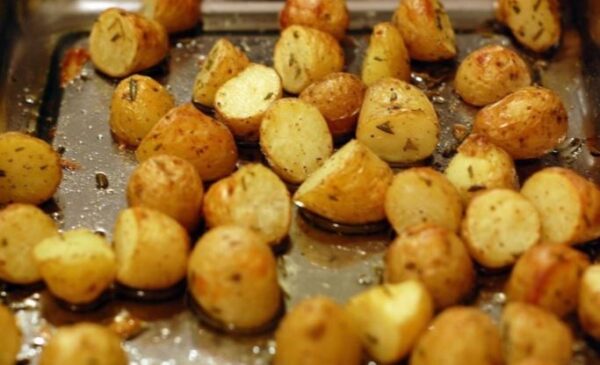Lifestyle
Potato shortage: 5 easy ways to grow soft cooking potatoes at home
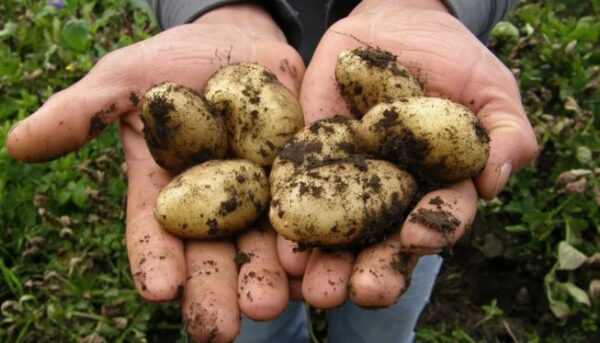
South Africans are bracing for a significant shortage of potatoes in the coming months, with prices set to soar as black frost has wreaked havoc on potato production in key regions.
The shortage, expected to worsen in September, has prompted concerns about the availability of potatoes and frozen chips. However, home gardening might provide a viable alternative, allowing households to grow their own soft cooking potatoes.
According to M&R Marketing, a leading fresh produce distributor, the frost experienced by farmers recently was unprecedented.
For six consecutive days, black frost severely damaged crops, particularly in the Limpopo region, where a large portion of South Africa’s potato supply is grown.
Mohammed Adam, a buyer for M&R Marketing, highlighted the severity of the situation:
“The black frost has killed a lot of potatoes in the Limpopo region, and that has caused a shortage. The Western Cape is not in full production yet, as well as the Northern Cape and other parts of the country.”
With the Western Cape and Northern Cape regions not yet in full production, and the damage in Limpopo, the supply chain is under pressure, and prices are expected to increase sharply.
Growing your own potatoes can mitigate the impact of these shortages and rising prices.
Soft cooking potatoes, known for their creamy texture when boiled, mashed, and for being good gravy soakers in a curry, are a versatile staple in many South African households.
Home cultivation of these potatoes is relatively simple, requiring minimal space and resources, making it an attractive option for families looking to ensure a steady supply.
Steps to grow soft cooking potatoes at home
1. Choosing the right variety
Select a soft cooking potato variety that thrives in South African conditions. Popular choices include the BP1 and Up-to-Date (UTD) varieties, both known for their smooth, creamy texture when cooked.
2. Planting time
The best time to plant potatoes in South Africa is late winter to early spring (August to September) when the frost risk has diminished. Ensure the soil temperature is around 10°C for optimal growth.
3. Preparing the soil
Potatoes prefer well-drained, loose soil rich in organic matter. Prepare the soil by mixing in compost or manure to enhance fertility. Ensure the soil is slightly acidic, with a pH between 5.0 and 6.5.
4. Planting
Cut seed potatoes into pieces, each with at least one eye (bud). Allow them to dry for a day planting. Plant the pieces about 10cm deep, with the eyes facing up, and space them 30cm apart in rows.
5. Watering and maintenance
Potatoes require consistent moisture, especially during the tuber formation stage. Water the plants regularly, ensuring the soil remains moist but not waterlogged.
As the plants grow, mound the soil around the stems to protect the tubers from sunlight.
6. Harvesting
Soft cooking potatoes are ready to harvest when the plants begin to yellow and die back, usually about 10-12 weeks after planting. Gently dig up the tubers, taking care not to damage them.
7. Storage
After harvesting, allow the potatoes to cure in a cool, dark place for a few days. Store them in a well-ventilated area, away from direct sunlight, to prevent greening.
It must be noted that certain parts of the potato plant are poisonous. The green parts of the plant, including the leaves, stems, and any green spots on the potatoes themselves, contain a toxic compound called solanine.
Solanine is a glycoalkaloid poison that can cause symptoms such as nausea, vomiting, diarrhea, headaches, and in severe cases, even neurological problems if ingested in large quantities.
It’s important to store potatoes in a cool, dark place to prevent them from turning green and to remove any green areas before cooking.
The tubers (the part of the potato we eat) are generally safe as long as they are not green or sprouting.


